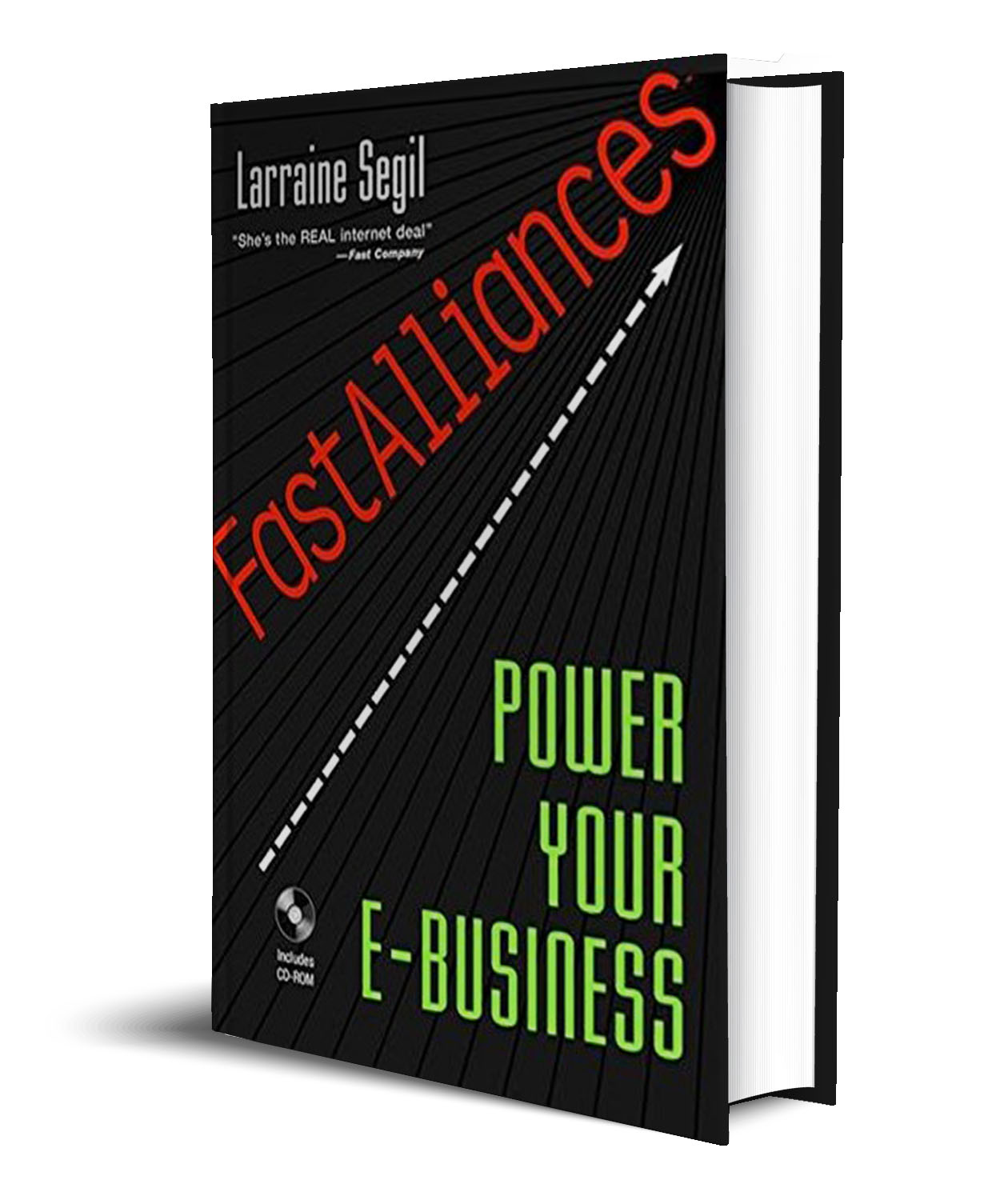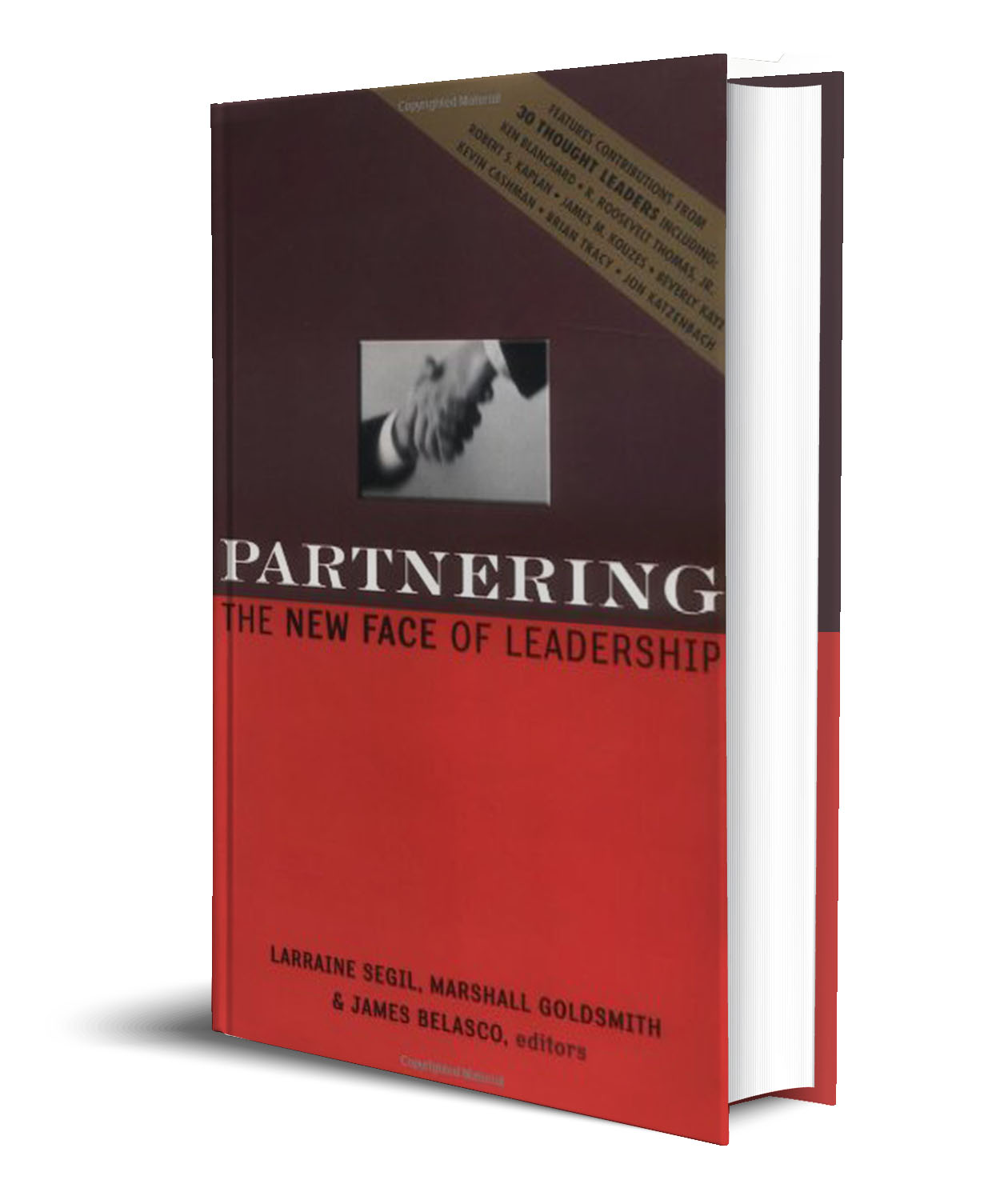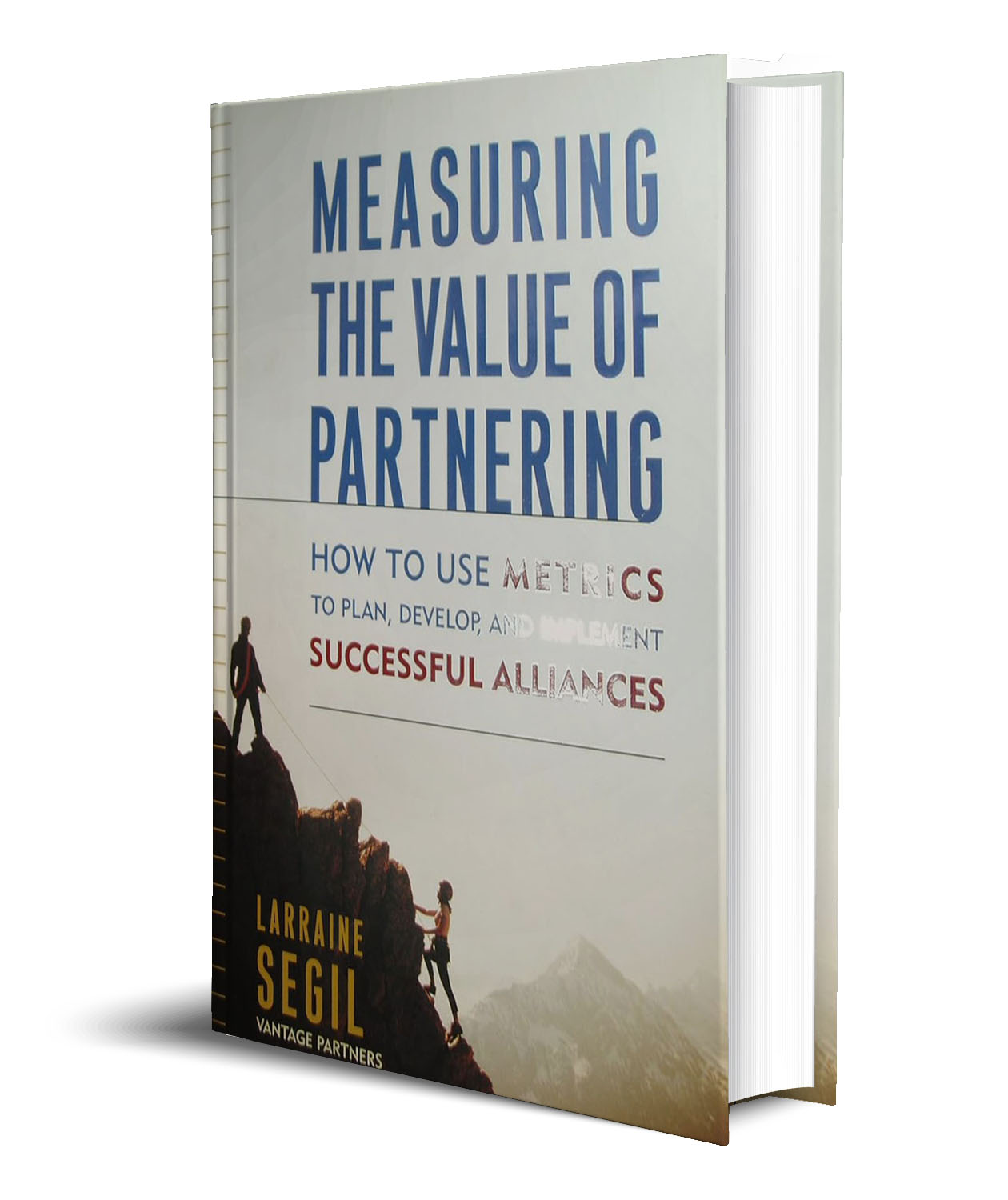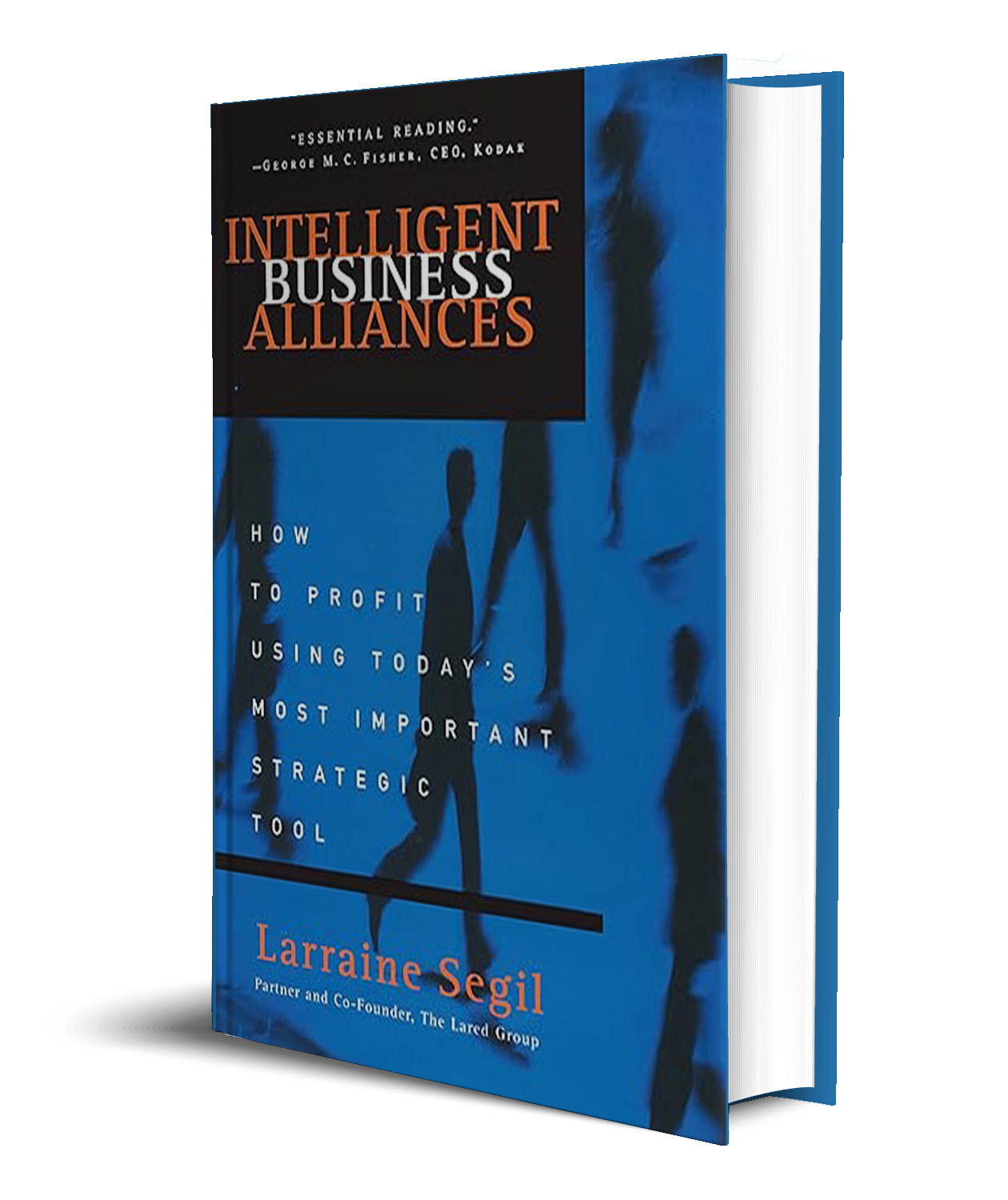Establishing Partnerships
Xerox-Exchange
03/10/2008
by Matt Alderton
When Rob Basso started his business, he knew he was at a disadvantage. Smaller and less established than his competitors in the payroll services field, Basso lacked the capital, manpower and resources that the larger firms enjoyed. In order to level the playing field, he knew he had to creatively market and grow his business. To become immediately competitive, Basso decided to align his startup company with local accounting firms, 100 of which he now calls partners.
“We’re in a very competitive industry, and we can’t afford to outspend our large public competitors when it comes to traditional advertising and marketing,” says Basso, who is founder and president of Advantage Payroll Services Long Island, a Hicksville, N.Y.-based firm that provides payroll processing, timekeeping and tax filing services for small and medium businesses. “We’ve taken a more grassroots approach whereby we work in concert with other local businesses in order to gain attention and garner referrals.”
Because small businesses rely so heavily on their accountants for business advice, Basso aligns himself with CPAs who will recommend him when their customers ask for payroll assistance. He offers those firms educational opportunities in the form of complimentary business development seminars. It’s all part of a program called CPAdvantage, a win-win collaboration that provides Basso’s firm with new business leads and his partners free business training.
“CPAs hold the key to the decision-making power of a lot of small and medium-sized business owners,” Basso says. “Their partnerships have been an invaluable part of my business.”
In fact, partnerships can be an invaluable part of any business. There is strength in numbers, after all, and partnerships offer an expedient way to expand both the size and scope of any business.
Identify Opportunities
The potential benefits of partnership are enormous, says alliance management expert Larraine Segil, who has been teaching a two-day program for senior executives on alliances at the California Institute of Technology in Los Angeles for more than 20 years.
“You can’t always do it cost-effectively and fast when doing it alone,” says Segil, who has authored several books on partnerships, including her most recent, Measuring the Value of Partnering: How to Use Metrics to Plan, Develop and Implement Successful Alliances. “Partnering is the best way to leverage your resources with those of other companies that may know a market better than you do, have a product or service that is compatible with and augmentative to yours, or have a distribution system that will quickly take your product or service into a market to establish credibility.”
Whether you’re looking for help with marketing, sales or systems, the key is choosing partners with the resources you lack, says John L. Mariotti, president and CEO of The Enterprise Group, a Powell, Ohio-based group of executive advisors that counsels companies as they navigate major business decisions.
“Think hard about what you know how to do well and what you don’t know how to do well,” says Mariotti, who wrote The Power of Partnerships and Making Partnerships Work, Smart Things to Know About Partnerships. “You have to find partners who complement you.”
The Three Cs
Segil says executing a successful partnership requires three things: collaboration, cooperation and communication. Specifically, she offers the following tips for making solid partnerships:
• Build a relationship that offers mutual benefits to all partners.
• Understand the interests and objectives of all parties before partnering.
• Create shared goals and aligned expectations.
• Build metrics with which to measure the partnership’s success.
• Clearly define partners’ commitments in terms of time, money and manpower.
• Be flexible and open to change.
Of those, Mariotti says mutuality is most important. “Mutual dependence is a great bonding agent in a partnership,” he says, adding that the best partners trust each other, are open with one another and are able to balance shared risks with shared rewards.
Protect Yourself
Even the strongest partnerships eventually end or evolve. If you’re not properly prepared and protected, the results can be devastating when they do.
“The most important thing in partnering is that you deal with the sticky issues up front, before they get even stickier,” Mariotti says. To keep relationships amicable, he recommends evaluating prospective partners for financial stability and professional credibility, then informally hammering out partnership details together. Discussing conflict resolution, exit strategies and contingency scenarios is valuable, as well.
If a partnership doesn’t feel right, however, be ready and willing to walk away from it. “Not every partnership will work out,” Basso says. “You need to know when to move on.”





Leave a Reply
You must be logged in to post a comment.